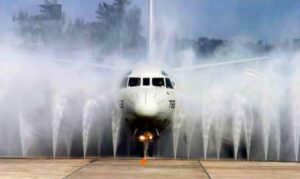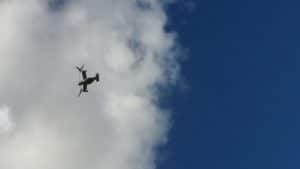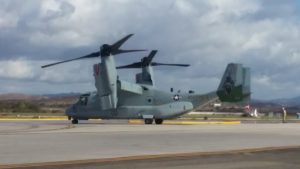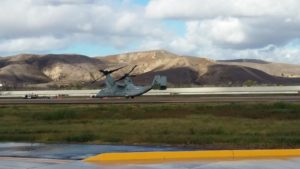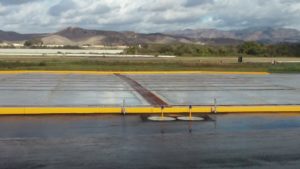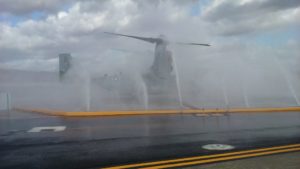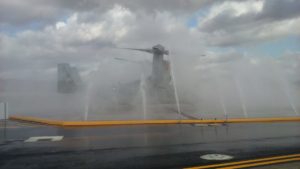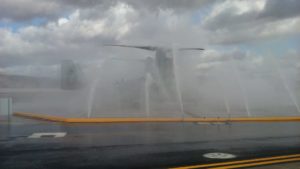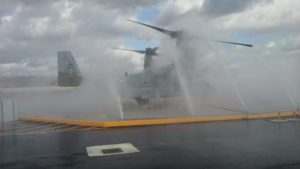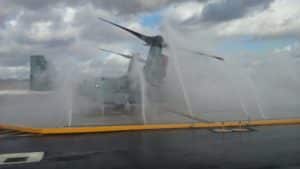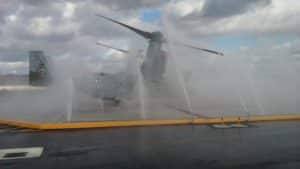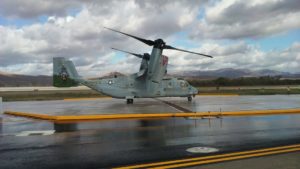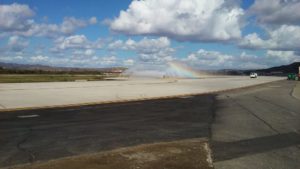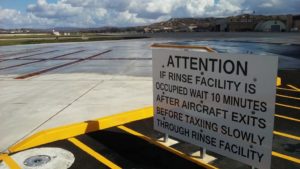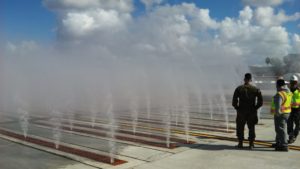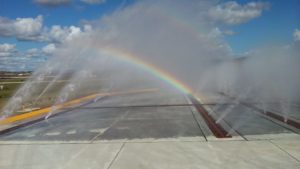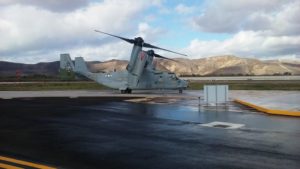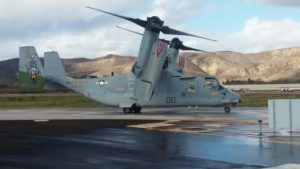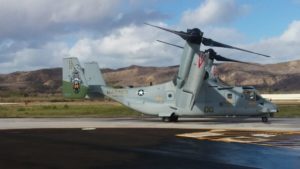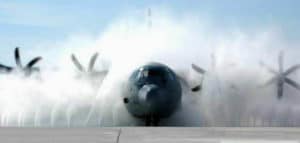Aircraft Wash Systems
State-of-the-art aircraft wash systems ensure thorough, safe, and efficient aircraft cleaning for public, private, and military applications.

Helicopter

Rotorcraft

Tiltrotor

Fixed Wing
About Our
Aircraft Wash Systems
Deployed climate, operating environment, storage location, age, and construction materials are all risk factors for aircraft corrosion. Once it begins, surface corrosion is costly to repair and shortens the lifetime of the plane or helicopter. If not caught in time, surface oxidation weakens structural integrity and can become compromised, making the craft unreliable, even dangerous, to fly.
In addition to regular painting and maintenance, adhering to a routine wash schedule is something that can be done to help ward off corrosion and preserve the lifespan of an aircraft. Using a wet wash system to regularly rinse off all the caustic substances, abrasive particles, and harsh elements that routinely stick and build up on painted surfaces helps prevent long-lasting damage and protects both the flight crew and the cargo.
InterClean uses the latest technology and aircraft wash equipment to design systems that automate the wash and water recycling processes for fixed-wing and rotary aircraft washing systems. Our touchless manual and automatic airplane wash systems use monitors mounted with high-pressure sprayers to efficiently and effectively remove dirt, dust, oil, and bugs from a variety of aircraft. All InterClean aircraft wash equipment is made in the USA, designed to meet specific aircraft washing specifications, and are installed and maintained by our in-house technical experts and local InterClean distributors.
InterClean’s aircraft wash systems are ideal for several applications, including:
- Biplane
- Private Jets
- Passenger Airliner
- Cargo Plane
- Military Aircraft
- Helicopters
- Rotorcraft
- Tiltrotor
- Fixed Wing
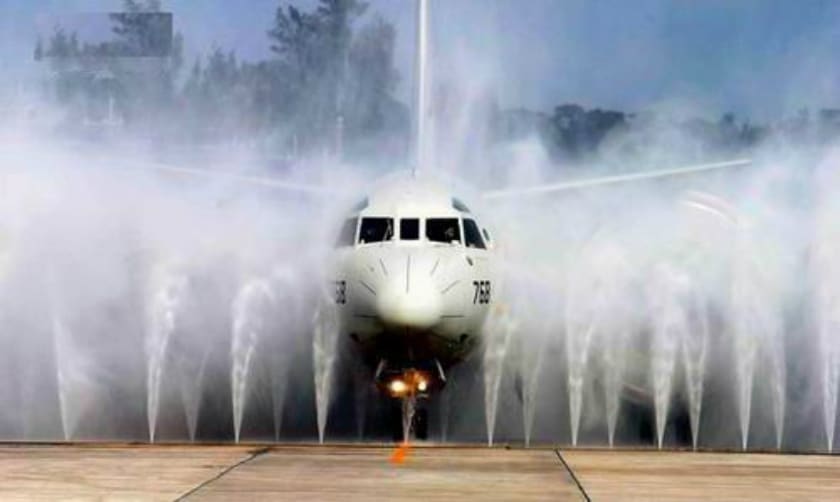
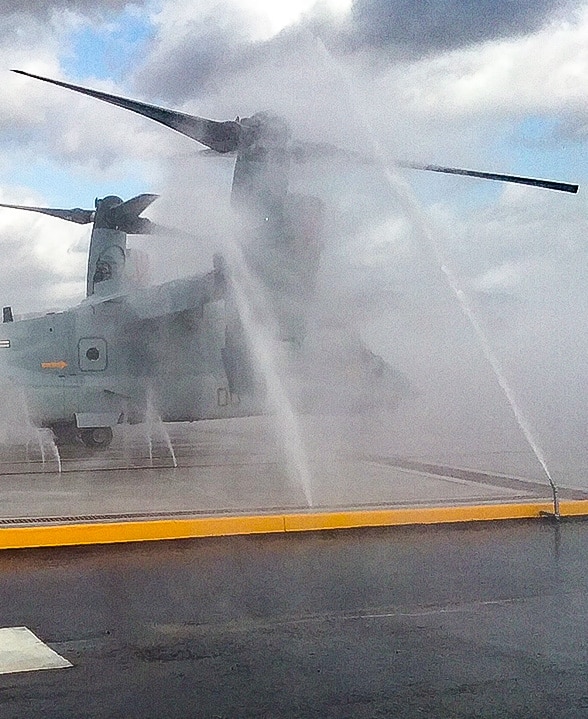
Clear Water Rinse System (CWRS)
Designed specifically to meet US military aircraft specifications for functionality, this high–volume, low-pressure wet washing system recycles approximately 80% of the wash water used during the rinsing process. Additional features of this plane wash system include:
- Continual monitoring of recycled water for salinity and other contaminants
- Wash water filtration system
- Automatic disposal of contaminated wastewater and replacement of fresh water
- Effective corrosion control
- High-volume monitors and undercarriage spray nozzles
This aircraft wash system is ideal for effectively cleaning and mitigating aircraft corrosion on large aircraft surfaces including the leading edges, flaps, underbelly, and landing gear. Because of the corrosive nature of seawater, the US Air Force requires that all aircraft within a 300-mile radius of seawater or flying below 3000’ above seawater are washed post-flight.

The InterClean Advantage

Sustainable Solutions
At InterClean, we are committed to sustainable design concepts that reduce the environmental impact of our aircraft wash systems. Through the collection and recycling of rinse water, our wash systems greatly reduce the amount of water used without compromising on effective aircraft cleaning power.
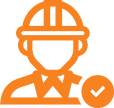
Expert Design
We combine state-of-the-art technology with years of experience in the aircraft washing industry to produce the best aircraft washing solutions for our customers. All InterClean airplane wash systems are custom designed by an experienced team of engineers and are guaranteed to meet your specific needs.

Local Repair and Maintenance
To continue operating at peak performance, both manual and automatic aircraft wash systems need regular maintenance. Our global network of specialized InterClean distributors means having someone local to your location highly skilled in aircraft wash system service, maintenance, and repairs for onsite visits when you need them. We also offer replacement parts for all InterClean aircraft wash systems.

Custom Wash Systems
Aircraft wash specifications and requirements vary depending on aircraft type, physical site location, and objectives. That’s why our aircraft wash systems are custom–designed to meet the unique needs of our customers. We can work together to create the most effective aircraft exterior wash solution for you.
1000+ INTERCLEAN WASH SYSTEM SITES WORLDWIDE
As a global leader in the field of large automotive vehicle cleaning solutions,
InterClean has delivered our diverse line of wash equipment to over 1000 sites across the world.
Partner With InterClean for Your Next Wash System
Revolutionize your vehicle wash process with InterClean’s unparalleled expertise in heavy-duty vehicle washing. Fill out the form today, and discover how our innovative wash systems can enhance your operations.
1 (800) 468-3725Frequently Asked Questions
Corrosion Control. Simply put, an aircraft wash system is one step in a line of defence to rinse away contaminants, substances, and debris – helping to prevent rust and premature equipment failure of multi-million (or billion) dollar aircraft.
Planes and helicopters constantly operate outdoors under harsh conditions. The risk of rust increases each time their exterior metal surfaces are exposed to something like extreme heat, humidity, friction, pollutants, or highly acidic substances. The longer the time their metal exteriors are in contact with one of these substances, the higher the risk of oxidation. If not washed off, over time these substances can compromise the structural integrity of the craft making it unsafe for use, potentially breaking apart when grounded or in use.
InterClean’s aircraft washing system can be designed to use a combination of both fresh and recycled water. With the EQ100 water recycling module, the system is able to reclaim and reuse large volumes of wash water, reducing freshwater usage while cleaning the aircraft. This water recycling tank minimizes the environmental impact of the aircraft wash system without compromising efficiency.
